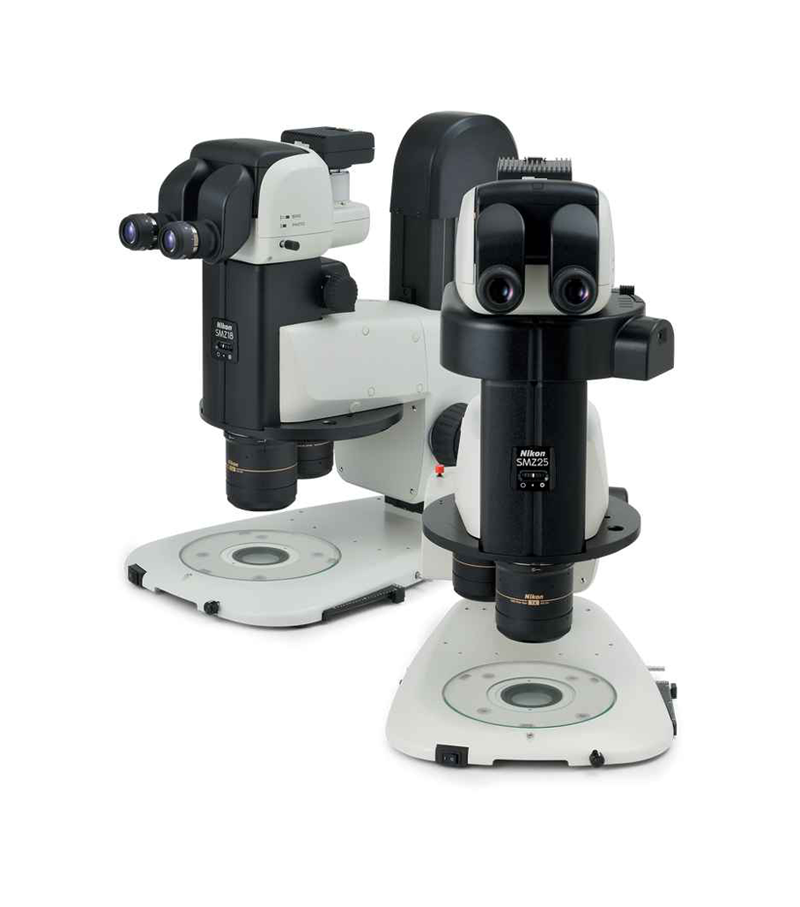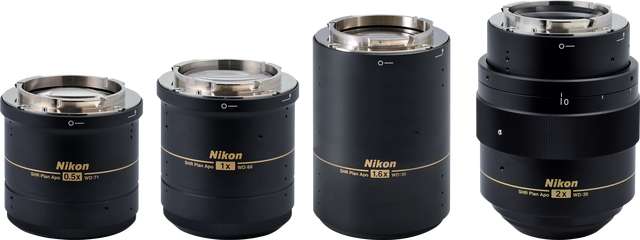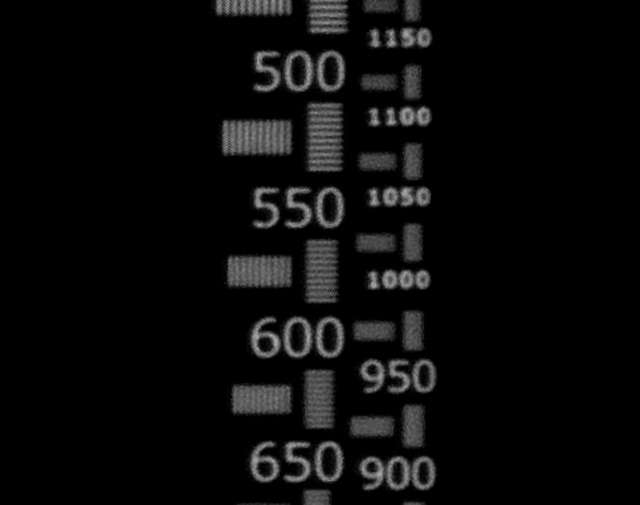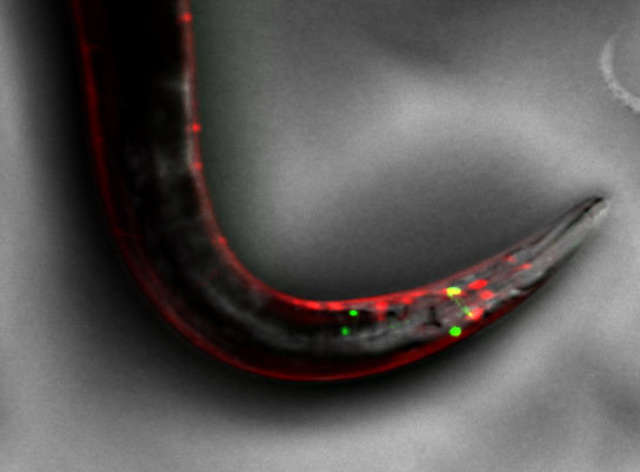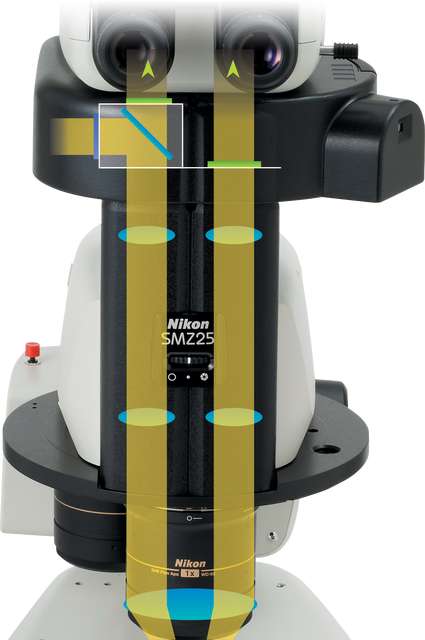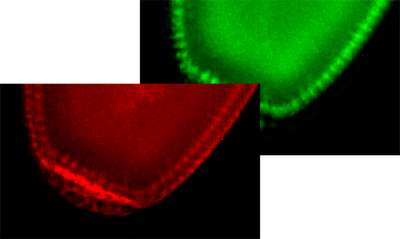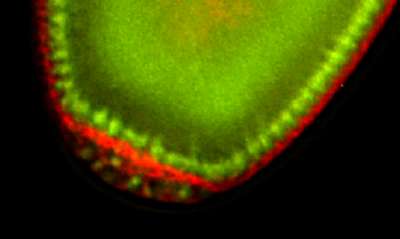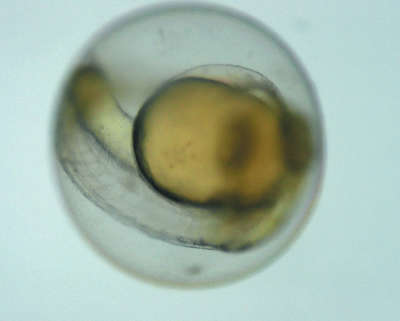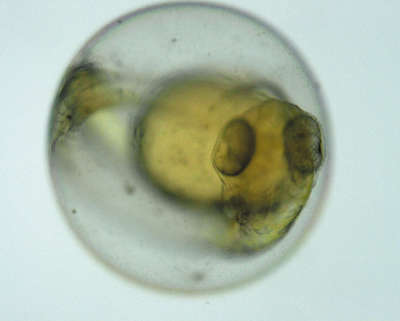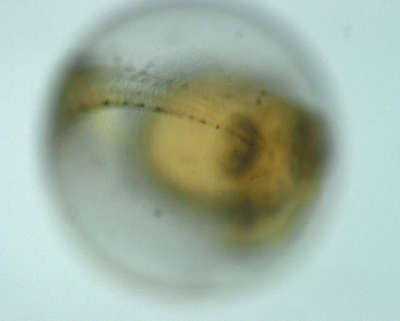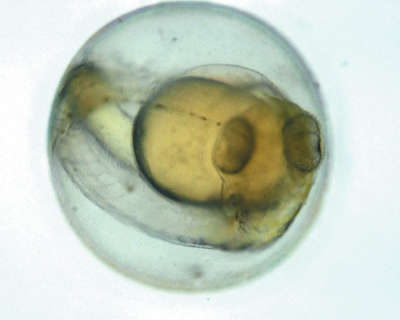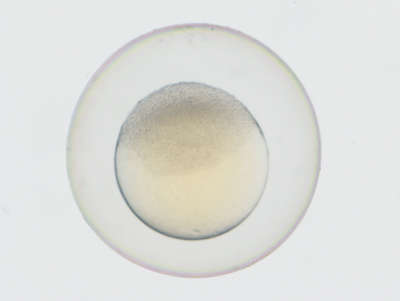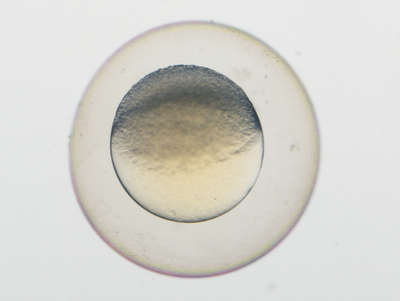주요 특징들
World's largest zoom range and highest resolution in the SMZ series
Dynamic zoom ratio of 25:1
An innovative optical system known as Perfect Zoom System provides the world's first zoom ratio of 25:1 (zoom range: 0.63x - 15.75x). Even with a 1x objective lens, the SMZ25 captures the entire 35mm dish and simultaneously delivers microscopic details.
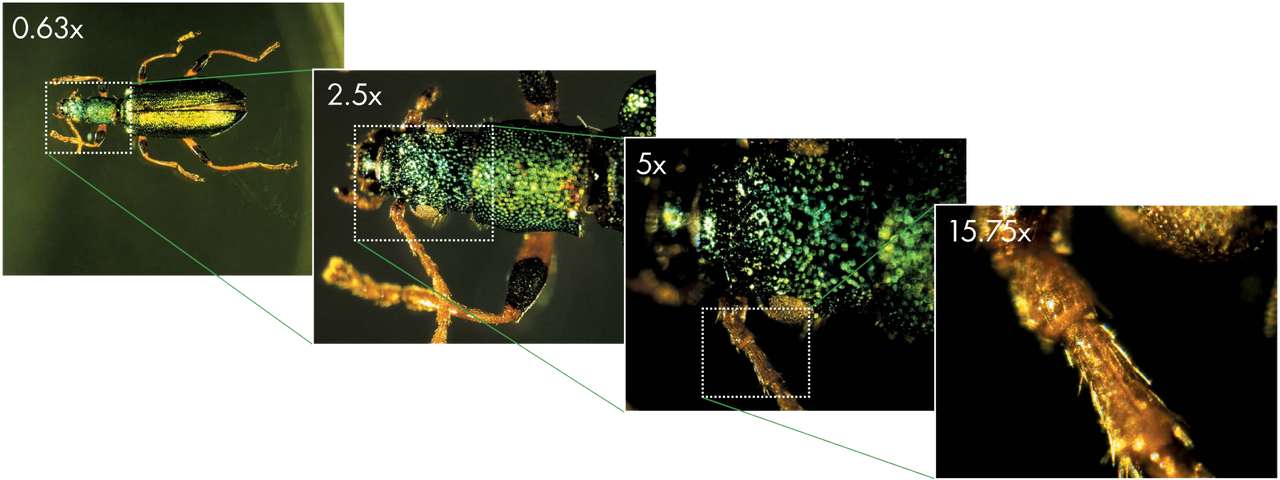
Arthromacra sp.
(Using SHR Plan Apo 1x with SMZ25)
Image courtesy of Japan Insect Association
Perfect Zoom System Offers New Levels of Imaging Power and Versatility
A breakthrough in stereo microscope design, Perfect Zoom System dynamically changes the distance between the two optical axes as the zoom factor is changed. This change in optical axis distance enables maximization of light entry into the optical system at every magnification. The result is an uncompromised, large zoom range, high resolution in both eye paths, and minimal aberrations over the entire zoom-range. Furthermore, this breakthrough in optical design enables all of these desirable features be housed in a compact zoom body, resulting in an ergonomic instrument design.
Superior resolution never before seen on a stereo microscope
The SHR Plan Apo series objective lens offers a high resolution of 1100LP/mm (observed value, using SHR Plan Apo 2x at maximum zoom), delivering brilliant images with true-to-life colors.
Comparison of resolution and color aberration by resolution chart
Auto Link Zoom (ALZ) supports seamless viewing at different scales
ALZ automatically adjusts the zoom factor to maintain the same field of view when switching objective lenses. This function enables seamless switching between whole organism imaging at low magnifications and detailed imaging at high magnifications.
Enhanced brightness and uniform illumination in low magnification range
The SMZ25 series is the first stereo microscope in the world to use a fly-eye lens on an epi-fluorescence attachment. This innovative design ensures bright and uniform illumination even at low magnifications, resulting in uncompromised uniformity in brightness across a large field of view.
Improved S/N ratio and crystal clear fluorescent images thanks to an improved optical system
Nikon's newly developed optical system offers a drastic improvement in S/N ratio even at high magnifications. This improved S/N ratio makes it possible to capture cell division, which is difficult using conventional stereo microscopes, and samples with low excitation light.
Zoom body with significant improvements in optical performance
Nikon has succeeded in improving the signal and reducing noise in fluorescent images by using a short wavelength, high transmission lens. Combined with an innovative epi-fluorescence attachment, the SMZ18/25 is better able to detect excitation light than conventional fluorescent stereo microscopes.
A wide range of digital imaging capabilities with Nikon Digital Sight cameras and NIS-Elements imaging software
Easily obtain the information you need, such as Z drive position, zoom factor, objective lens, filter cube, and LED DIA brightness by using the Digital Sight series and NIS-Elements or Digital Sight series DS-L4 together with the microscope.
Imaging Software NIS-Elements
One software for all systems: NIS-Elements which is Nikon's flagship, cross-platform imaging software can now be used with Nikon's latest stereo microscope systems SMZ25 and SMZ18. NIS-Elements enables a wide range of advanced digital imaging capabilities, easily from a PC.
Multichannel (multicolor)
Individual cells resolved in a live drosophila embryo expressing GFP and mCherry
(Using SHR Plan Apo 2x at zoom magnification of 8x with SMZ25)
Image courtesy of Max V. Staller, Ph.D., Clarissa Scholes, and Angela DePace, Ph.D., Harvard Medical School
Time-lapse
Easily setup a time-lapse imaging experiment with NIS-Elements.
Extended depth of focus (EDF)
Capture multiple high resolution images at different focal depths to create a single extended depth of focus image or quasi-3D image.
Select the in-focus area and produces one all-in-focus image Zebrafish embryo (Using SHR Plan Apo 2x at zoom magnification of 3.4x with SMZ25)
Image courtesy of Hisaya Kakinuma, Ph.D., Laboratory for Developmental Gene Regulation, Developmental Brain Science Group, RIKEN Brain Science Institute
Easy-to-use OCC illumination
The new LED DIA Base with a built-in OCC illuminator generates minimal heat, consumes little power and is long-life. This illuminator can enhance the contrast of uneven surfaces, such as that of an embryo.
Zebrafish embryo (using SHR Plan Apo 1x at zoom magnification of 5x with SMZ18)
Image courtesy of Junichi Nakai, Ph.D. Saitama University Brain science Institute
The OCC illuminator can be controlled using a slide lever. Thanks to scales on the slide lever, the user can save and reproduce desired illumination levels. In addition, an OCC plate can be inserted into the illumination unit from the front and rear sides, so images with different shadow direction can be observed.
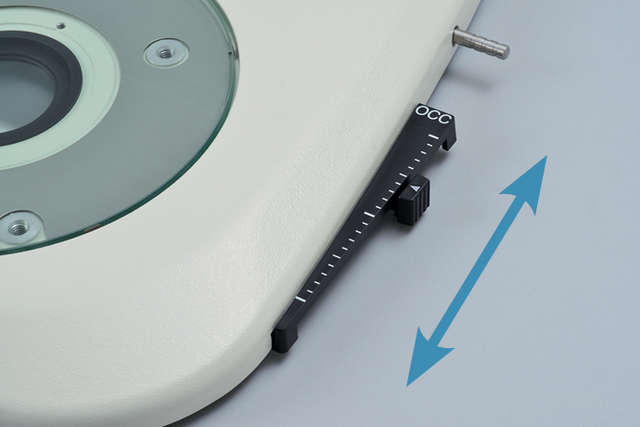
OCC illuminator
What is OCC illumination?
The acronym OCC stands for oblique coherent contrast (OCC), which is a form of oblique lighting method developed by Nikon. Compared to conventional diascopic illumination that illuminates directly from below, OCC illumination applies coherent light to samples in a diagonal direction, giving contrast to colorless and transparent sample structures.
Examples of OCC images
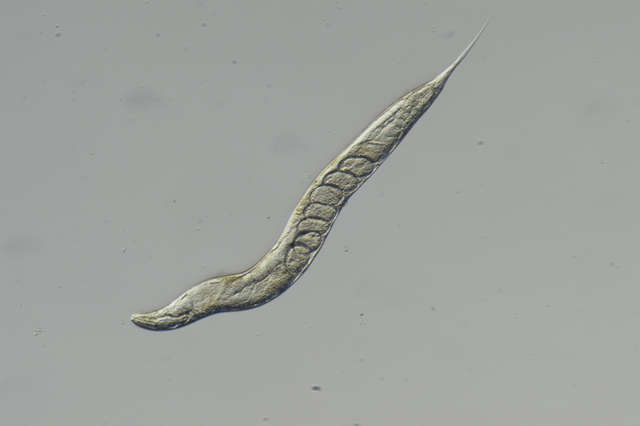
OCC illumination
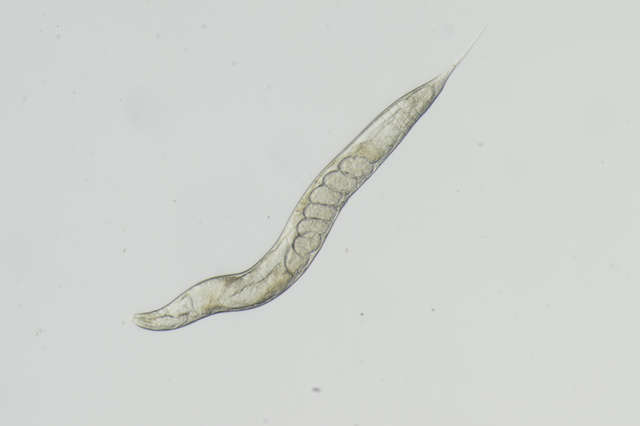
Standard transmitted illumination
C. elegans using SHR Plan Apo 1X, at zoom magnification of 13.5X, SMZ18 with P-DSF32
Fiber Diascopic Illumination
Image courtesy of: Dr. Yoshiaki Furukawa
Associate Professor, Department of Chemistry, Faculty of Science and Technology,
Keio University
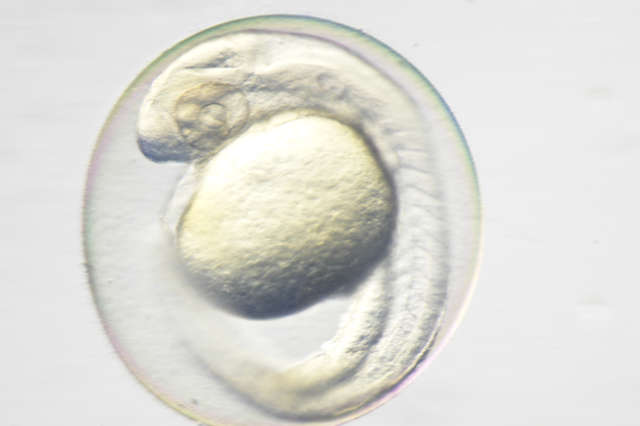
OCC illumination
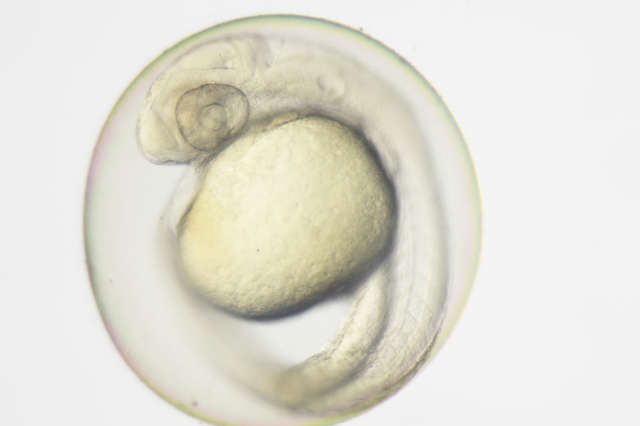
Standard transmitted illumination
1 day Zebrafish embryo using SHR Plan Apo 1X, at zoom magnification of 8X, SMZ18 with P-DSF32
Fiber Diascopic Illumination

OCC illumination
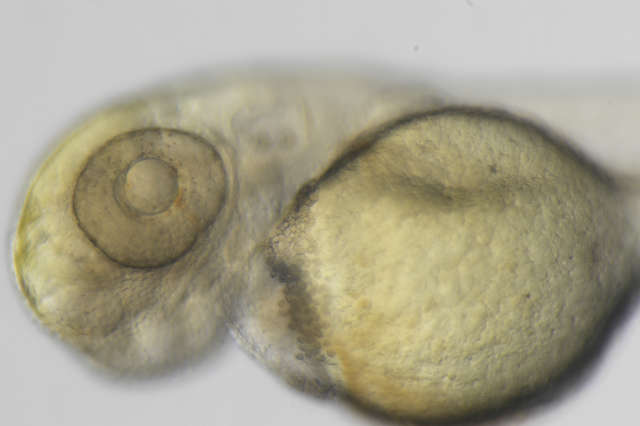
Standard transmitted illumination
2 days post hatching Zebrafish using SHR Plan Apo 1X, at zoom magnification of 13.5X, SMZ18 with P-DSF32
Fiber Diascopic Illumination
Image courtesy of:Hitoshi Okamoto, MD, PhD
Lab for Neural Circuit Dynamics of Decision Making RIKEN Center for Brain Science (CBS)
User-friendly remote controller
The all new remote controller provides easy access to zoom and focus controls and is designed for both right and left hand use. The remote controller contains an LCD monitor with an adjustable backlight which provides information regarding the zoom factor, objective lens, filter cube, and LED DIA brightness at a glance.
On-axis imaging for digital images
Easily switch between stereo position (stereoscopic view) and mono position (on-axis view) when using the P2-RNI2 Intelligent Nosepiece by simply sliding the objective lens.


